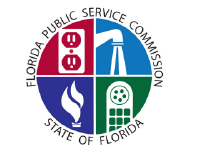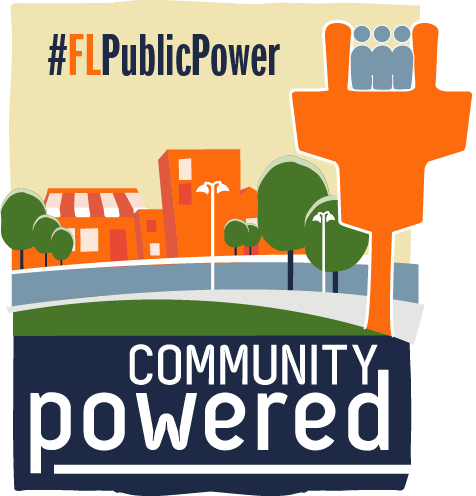Regulators Sign Off on Utility Storm Agreements
 By Jim Turner
By Jim Turner
Florida Power & Light and Gulf Power will hold off on fully moving forward with costly plans to install underground power lines, as state regulators Monday approved storm-protection agreements between utility giants and consumer advocates.
The Public Service Commission signed off on agreements involving Florida Power & Light, Gulf Power, Duke Energy Florida and Tampa Electric Co. that deal with long-term plans to try to strengthen electric systems to better withstand storms. Commission Chairman Gary Clark said the plans will reduce power-restoration costs and limit outage times.
The utilities reached the agreements with parties including the state Office of Public Counsel, which represents consumers in utility issues.
Public Service Commission member Donald Polmann said the new 10-year storm plans must continue to be watched.
“We saw acknowledgement from all the parties that what remains is significant and substantive work by the utilities and by the Public Service Commission to monitor and evaluate the performance,” Polmann said. “That was very clear in the settlement statements. And the Office of Public Council, they brought that up repeatedly in conversations.”
The storm plans, which include cost projections for various types of storm hardening projects, are a result of a 2019 law intended to bolster the electric grid.
Undergrounding was a focus of the law and a big part of the utility proposals.
FPL and Gulf Power, which are part of NextEra Energy and plan to merge in 2022, had proposed spending about $510 million a year on underground power-line projects. But under the agreement, they will continue through 2022 the installation of underground power lines as part of an existing pilot program.
“The settlement provides the FPL and Gulf existing and previously approved storm protection programs are in the public interest and should be continued,” FPL attorney Christopher Wright said. “Second, for the lateral underground proposals, the settlement provides that these programs will remain pilot programs for the period of 2020 through 2022. And that Gulf and FPL will continue to gather and evaluate information on the overall best approach to harden laterals on a system-wide basis.”
Patricia Christensen, an attorney with the Office of Public Counsel, said the agreement should provide further chances to evaluate the impacts of undergrounding power lines and bring “clarity to the accounting” for the storm-protection plan costs.
In an April filing, Tampa Electric indicated it wanted to spend more than $100 million in most years, with a total of $976.8 million over the decade, according to its filing.
Also, Duke said in an April filing that it expected to spend about $2.2 billion over 10 years on underground and overhead lateral power lines, which generally carry electricity into neighborhoods.
Lawmakers overwhelmingly approved the 2019 storm-protection measure after the state got hammered in recent years by Hurricane Irma and Hurricane Michael. But the law raised concerns because it changed the way storm-protection projects are financed, which is expected to result in increased costs for consumers.
Under the law, utilities will be able each year to seek approval from the commission to collect money from customers for storm-protection projects. In the past, such projects have generally been financed through base electric rates, which are set for a number of years and include a wide range of utility expenses.
The commission is expected to hold a hearing on storm-protection costs under the new law in mid-October.
A news release from the commission noted that a fifth utility, Florida Public Utilities Co., has received a one-year delay in filing its storm-protection plan due to ongoing repairs from Hurricane Michael in 2018.
Article reposted with permission from The News Service of Florida.
 Enter your email address in the
Enter your email address in the 